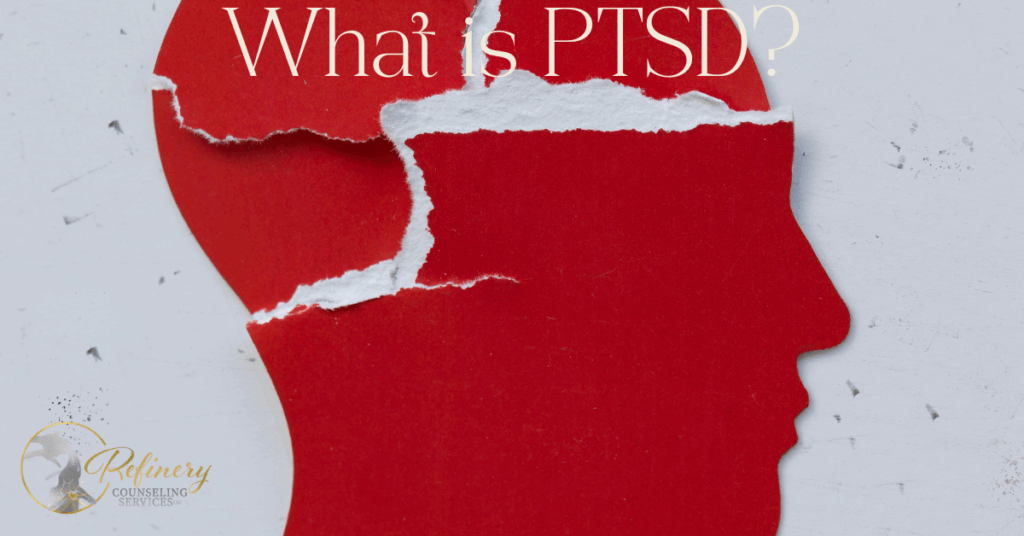Post-Traumatic Stress Disorder (PTSD) is often misunderstood, mischaracterized, and stigmatized. While many associate PTSD solely with combat veterans, the reality is that PTSD can affect anyone who has experienced or witnessed a traumatic event. It is not a sign of weakness or instability but rather a human response to overwhelming stress. By increasing awareness and understanding of PTSD, we can better support survivors and foster compassion in our communities.
In this article, we’ll explore what PTSD is, who it affects, the symptoms to look out for, and how healing and support are possible.
Defining PTSD
PTSD is a mental health condition that can develop after a person experiences or witnesses a traumatic event. These events might include:
- Military combat or deployment
- Physical or sexual assault
- Serious accidents (e.g., car crashes)
- Natural disasters (e.g., hurricanes, fires)
- Childhood abuse or neglect
- Domestic violence
- The sudden loss of a loved one
While many people experience short-term distress following trauma, those with PTSD continue to relive or struggle with the emotional impact long after the danger has passed.
Who Experiences PTSD?
PTSD does not discriminate. It affects people across all walks of life, genders, ages, and backgrounds. According to the National Center for PTSD, about 6% of the U.S. population will experience PTSD at some point in their lives. Women are more than twice as likely as men to develop PTSD, and certain professions—such as military personnel, first responders, and healthcare workers—face increased risk due to the nature of their work.
At Refinery Counseling, we have worked closely with a variety of individuals impacted by trauma, including veterans, women, and families. Their stories reflect unique struggles—but also profound resilience.
Recognizing the Symptoms
PTSD symptoms are typically grouped into four categories:
1. Intrusion
- Flashbacks
- Nightmares
- Distressing memories of the trauma
2. Avoidance
- Avoiding reminders of the trauma (places, people, activities)
- Emotional numbness
- Refusing to talk about the event
3. Negative Changes in Mood and Thinking
- Persistent negative thoughts about oneself or the world
- Feelings of guilt, shame, or hopelessness
- Loss of interest in activities once enjoyed
- Difficulty feeling positive emotions
4. Changes in Physical and Emotional Reactions
- Hypervigilance (being “on edge”)
- Difficulty sleeping or concentrating
- Irritability or angry outbursts
- Easily startled
These symptoms can interfere with work, relationships, and day-to-day functioning, often leading survivors to feel isolated or misunderstood.
Living with PTSD
Living with PTSD can be an invisible burden. Many trauma survivors appear to function outwardly while privately wrestling with overwhelming thoughts, fears, and memories. Social stigma, fear of judgment, or internalized shame can prevent individuals from seeking help. It’s important to recognize that PTSD is not a personal failing; it’s a deeply human response to trauma.
In our cornerstone post, Therapy Is Not Just for Crises; we discuss how mental health support can be beneficial even when symptoms are not at their worst. For trauma survivors, therapy offers a safe space to process, heal, and rebuild.
Pathways to Healing
PTSD is treatable. Healing may not be linear, but with the right support and tools, many survivors find relief and even transformation. Effective treatments include:
- Trauma-informed therapy (e.g., EMDR, Cognitive Processing Therapy)
- Medication to manage anxiety, depression, or sleep issues
- Support groups for shared experiences and mutual encouragement
- Mind-body practices like mindfulness, yoga, or deep breathing
It’s also critical for survivors to rebuild trust in themselves and their environments. Small steps—such as establishing daily routines, connecting with loved ones, and engaging in meaningful activities—can support long-term recovery.
For veterans and military families, our article Veterans at Work: Supporting Mental Health After Service outlines how workplace and community support play a vital role in emotional well-being.
Supporting Someone with PTSD
You don’t have to be a mental health professional to make a difference. Friends, family members, employers, and faith communities can support trauma survivors by:
- Listening without judgment
- Encouraging them to seek professional help
- Being patient with mood swings or social withdrawal
- Learning about PTSD to better understand their experiences
Compassion, consistency, and acceptance are powerful tools.
Breaking the Silence
PTSD can be isolating, but silence often intensifies the pain. By creating safe spaces where trauma can be named and understood, we move one step closer to healing. Whether you are navigating PTSD yourself or supporting someone who is, know that help is available, and recovery is possible.
At Refinery Counseling Services, we’re committed to offering compassionate, faith-integrated support for those impacted by trauma. You don’t have to carry it alone.

